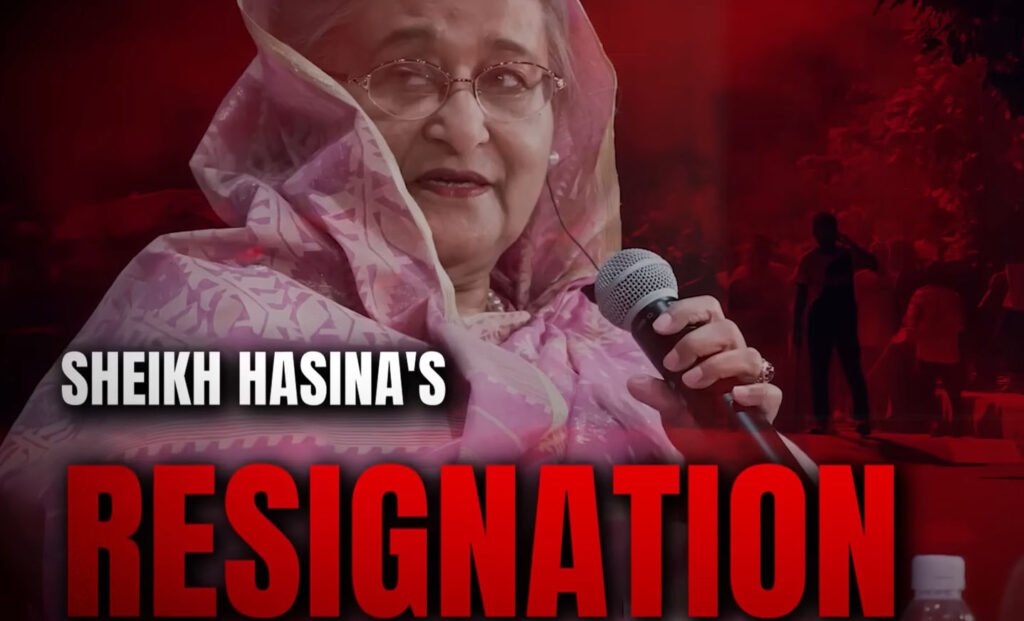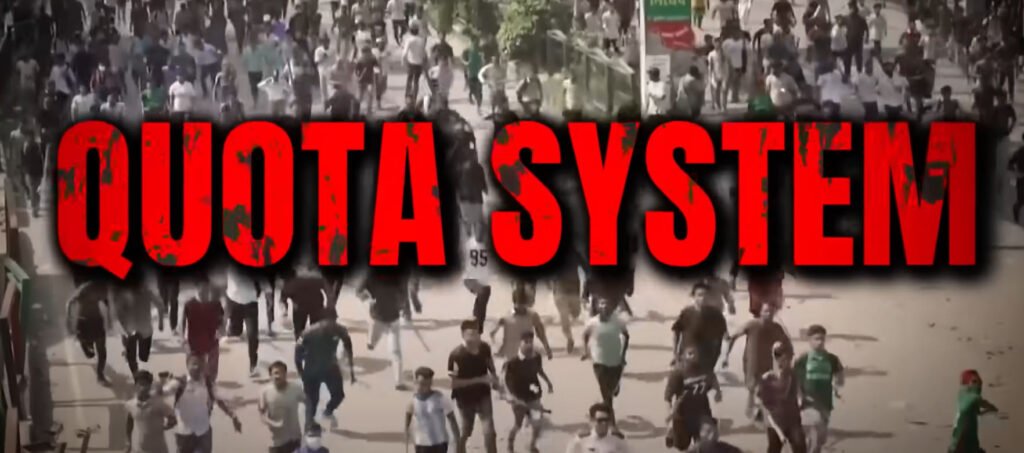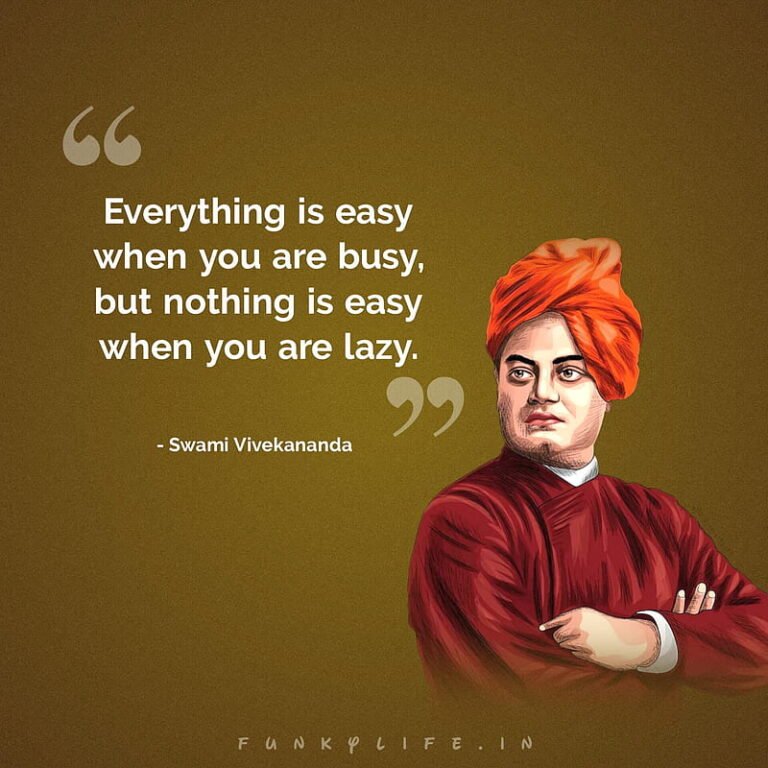The protests in Bangladesh have escalated, resulting in significant casualties and a call for government reform following controversial job quotas and rising unemployment.

Highlights
- 🔥 At least 98 people have died in recent protests, with hundreds injured.

📜 Protesters demand the resignation of Prime Minister Sheikh Hasina amid rising tensions.

- ⚖️ The Supreme Court’s ruling on job quotas did not satisfy protesters’ demands for change.
- 👥 The government reserves 30% of jobs for veterans’ families, benefiting political supporters.

- 🚫 The main opposition party boycotted elections, citing government oppression and corruption.
- 📉 Approximately 18 million young people in Bangladesh are unemployed, with graduates facing the highest rates.
- 🕊️ The situation reflects deep-rooted frustrations over governance and economic disparities.

More About Bangladesh
Quata System
The quota system in Bangladesh is a government policy aimed at promoting the representation of various underrepresented groups in public sector jobs and educational institutions. It was introduced to address historical inequalities and ensure opportunities for marginalized communities. Here’s an overview of the quota system in Bangladesh:
Origins and Purpose
The quota system was initially introduced in the 1970s to provide equitable opportunities for different segments of society, including disadvantaged groups. Its primary goal is to ensure that people from underrepresented and marginalized backgrounds have access to government jobs and educational opportunities, thus promoting social justice and inclusion.
Structure of the Quota System
The quota system in Bangladesh primarily affects recruitment in government jobs and university admissions. The structure of the system has evolved over time and has been a subject of debate and reform. The main categories and their respective quotas have included:
- Freedom Fighters’ Quota: A significant portion of government jobs was reserved for the children and grandchildren of freedom fighters who fought in the 1971 Liberation War.
- Women’s Quota: A certain percentage of jobs and educational opportunities were allocated for women to promote gender equality and empower women.
- District Quota: This aimed to ensure representation from all districts, especially those that are less developed or remote, to ensure balanced regional development.
- Ethnic and Religious Minorities Quota: Reserved spots for ethnic and religious minorities to promote diversity and inclusion in public service and education.
- Physically Challenged Quota: Provisions were made for individuals with disabilities to ensure their integration into the workforce and educational institutions.
Reforms and Controversy
The quota system has been a topic of controversy and debate in Bangladesh. Critics argue that it can lead to inefficiencies and does not always reward merit, potentially creating barriers for qualified candidates. Supporters, however, view it as necessary to redress historical injustices and provide opportunities for marginalized groups.
In recent years, there have been significant protests and demands for reforms, particularly from students and job seekers. In 2018, a widespread movement led to government reforms, resulting in the reduction of the quota percentage for government jobs. The government announced the abolishment of most quotas for first and second-class government jobs, retaining some for people with disabilities and ethnic minorities.
Impact and Current Status
The impact of the quota system is mixed. While it has contributed to greater inclusion of marginalized groups, the controversies and challenges in implementation have prompted ongoing discussions about its effectiveness and fairness. Currently, the system continues to evolve, with ongoing debates about how best to balance merit and affirmative action in a way that supports national development goals.
The quota system in Bangladesh reflects the country’s efforts to create a more inclusive society by providing opportunities to historically disadvantaged groups. While it has played a significant role in promoting social justice, the system continues to undergo scrutiny and reform to serve the needs of all citizens better. The balance between merit and affirmative action remains a key consideration in the ongoing discourse about the future of the quota system in Bangladesh.
Sheikh Hasina, the longest-serving Prime Minister in the history of Bangladesh, has been a dominant force in the country’s political scene for decades. Born on September 28, 1947, in Tungipara, Gopalganj, she is the daughter of Sheikh Mujibur Rahman, the founding leader of Bangladesh and the country’s first President.
Early Life and Education
Sheikh Hasina grew up in a politically active family. Her father, Sheikh Mujibur Rahman, played a crucial role in Bangladesh’s struggle for independence from Pakistan in 1971. She pursued her education at the University of Dhaka, where she became actively involved in student politics.
Political Career
Sheikh Hasina’s political journey began in earnest after the tragic assassination of her father and most of her family members on August 15, 1975. Exiled in India at the time, Hasina became the president of the Awami League, the party her father founded, in 1981. She returned to Bangladesh in 1981 and quickly became a leading figure in the movement to restore democracy, which had been under military rule for several years.
Her leadership was pivotal in ending military rule in 1990, leading to democratic elections. Sheikh Hasina first became Prime Minister in 1996, serving until 2001. After a period in opposition, she returned to power in 2009 and has been serving as Prime Minister since then, securing re-election in subsequent terms.
Achievements and Challenges
Under Sheikh Hasina’s leadership, Bangladesh has witnessed significant economic growth and development. Her government has focused on infrastructure development, women’s empowerment, and improving healthcare and education. Hasina has been instrumental in implementing policies that have transformed Bangladesh into one of the fastest-growing economies in the world.
Despite her achievements, Hasina’s tenure has not been without controversy. Her government has faced criticism over issues related to human rights, freedom of speech, and political opposition suppression. However, she remains a popular figure among many Bangladeshis for her role in advancing the country’s development and maintaining political stability.
Relationship with Bangladesh
Sheikh Hasina’s relationship with Bangladesh is deeply intertwined with her personal history and political career. As the daughter of the country’s founding leader, she carries forward her father’s vision of a prosperous and independent nation. Her leadership has been marked by a commitment to building a modern and economically stable Bangladesh.
Hasina’s influence extends beyond politics; she is seen as a symbol of resilience and perseverance. Her leadership has played a crucial role in shaping the trajectory of Bangladesh, making her one of the most significant figures in the country’s history.
Conclusion
Sheikh Hasina’s life and career reflect the challenges and triumphs of Bangladesh itself. As a leader, she has navigated the complexities of governance, development, and international relations, all while carrying the legacy of her family’s contributions to the nation’s independence. Her story is one of dedication to her country and a testament to the enduring spirit of Bangladesh.




